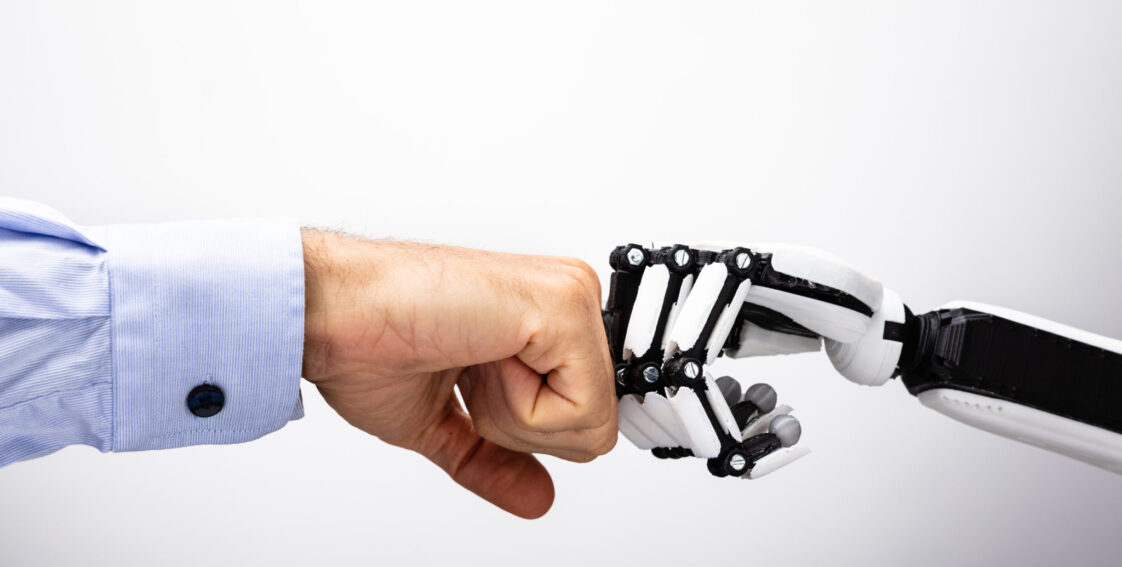
Should I Add Robots to My Facility?
This article originally appeared in our October 2016 newsletter.
Recently, we noticed that we’ve had an influx of customers asking about adding robots to their production line. Maybe it was the display at the IMTS. (Didn’t attend IMTS? Check out a virtual tour of our partner FANUC’s displays here and here.) Maybe it’s because robots are becoming cheaper, more flexible in their applications, and easier to integrate and support within production lines. Either way, we thought we’d answer a few frequently asked questions we get from customers about robots.
Is it cost effective for me to add a robot to my production line?
Maybe. If your line has a repetitive task, like picking and placing, a robot could reduce your cycle time, thus increasing your throughput. If there is a task where exact accuracy is paramount, a robot could greatly improve quality, thus reducing waste due to quality issues on your line.
Will adding robots mean I’m going to have to do layoffs?
No. Most times, adding a robot complements humans’ work rather than replacing it. We have a couple of customers who will be replacing a person with a robot to allow them to better utilize that employee by assigning her to a more complex task. Perhaps she will be doing quality control or monitoring inventory or analyzing data. Oftentimes, adding a robot significantly increases production throughput, which requires an additional (human) employee at another part of the line.
How will adding a robot affect the HR side of my business?
As we mentioned, using a robot in a repetitive part of your production line frees up the employee to be better utilized elsewhere. This can be a benefit to employee engagement. The robot can also take on jobs that are risky to humans. For example, in a recent project, we replaced a person with a robot in a zone that was prone to hot oil splashes. It became apparent that area was a burn and injury risk for people- not so for robots! On another project, we had a robot do a picking and placing job that was ergonomically risky to the employee. Disability claims can be a tragedy for employees and extremely costly for the employer. Using a robot instead makes employees safer and reduces potential costs for employers.
I know robots are becoming more popular, but my facility works just fine. If it’s not broke, why would I change it?
It really depends on your business goals. If you are looking to significantly increase profitability or significantly increase your production, then you are probably looking for opportunities to innovate. Adding robots is an investment that can help you meet those goals.
When is it NOT a good idea to use a robot?
If humans and robots can perform the task at the same speed, it is rarely cost effective to replace a human. Robots are much more effective when they can be used to increase throughput and reduce cycle time.
It’s also not the best idea to use a robot in a complex task that requires quality assessment. If the robot’s task would need to be paused frequently for inspection, a human may be able to perform the task faster and more accurately.
Could this work in my facility?
Maybe! Due to recent interest, we’re offering a free robotics opportunity assessment. We would be a happy to walk through your facility to assess if robots could improve your profitability and help you meet your goals. You can request an assessment here.
Related categories: Blog Robotics


